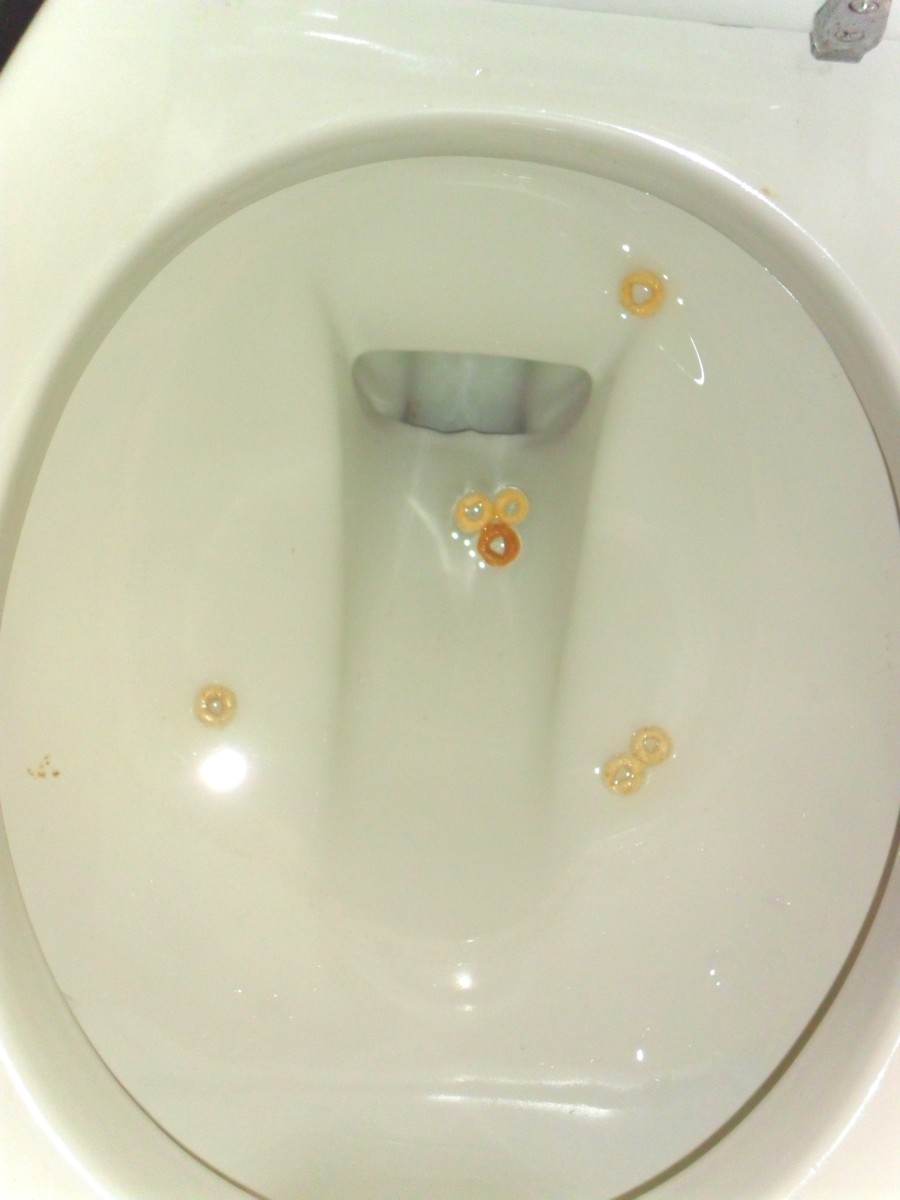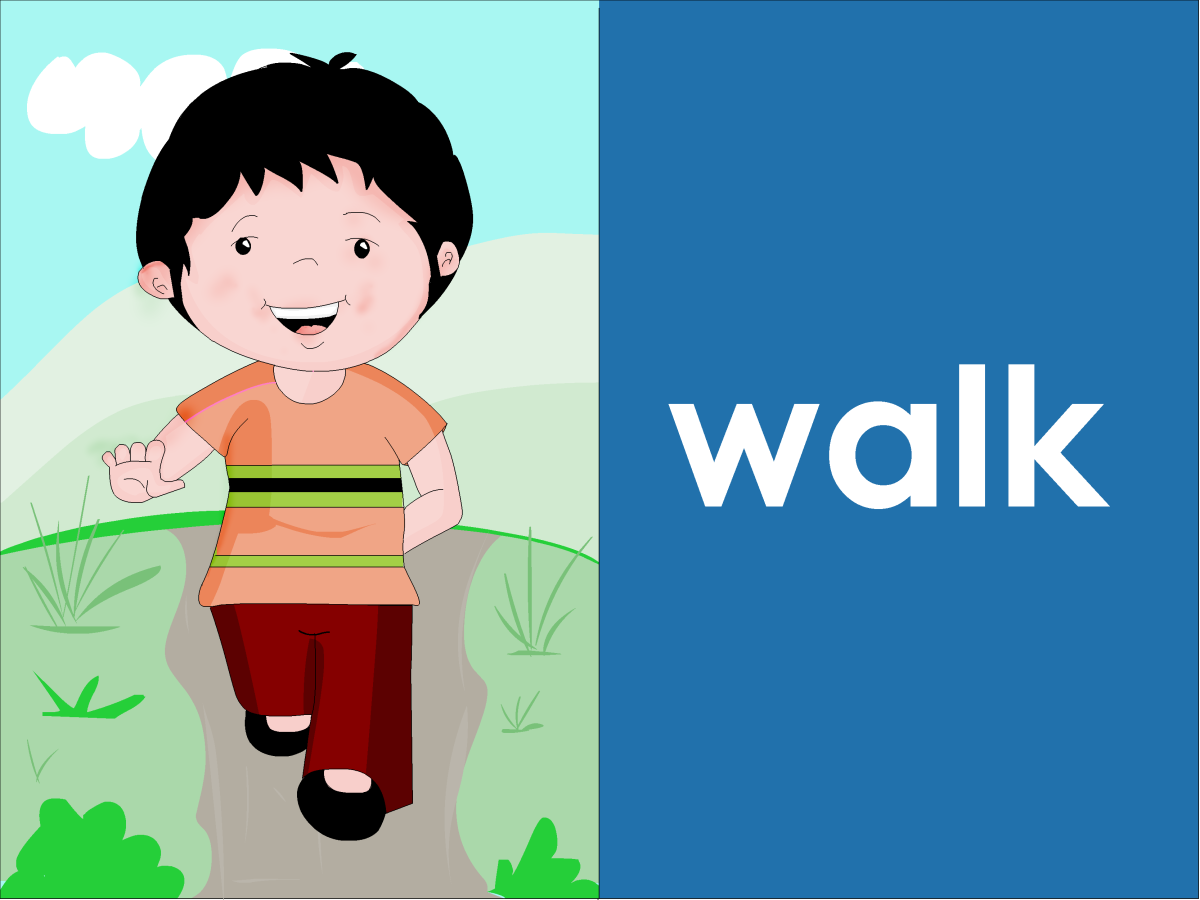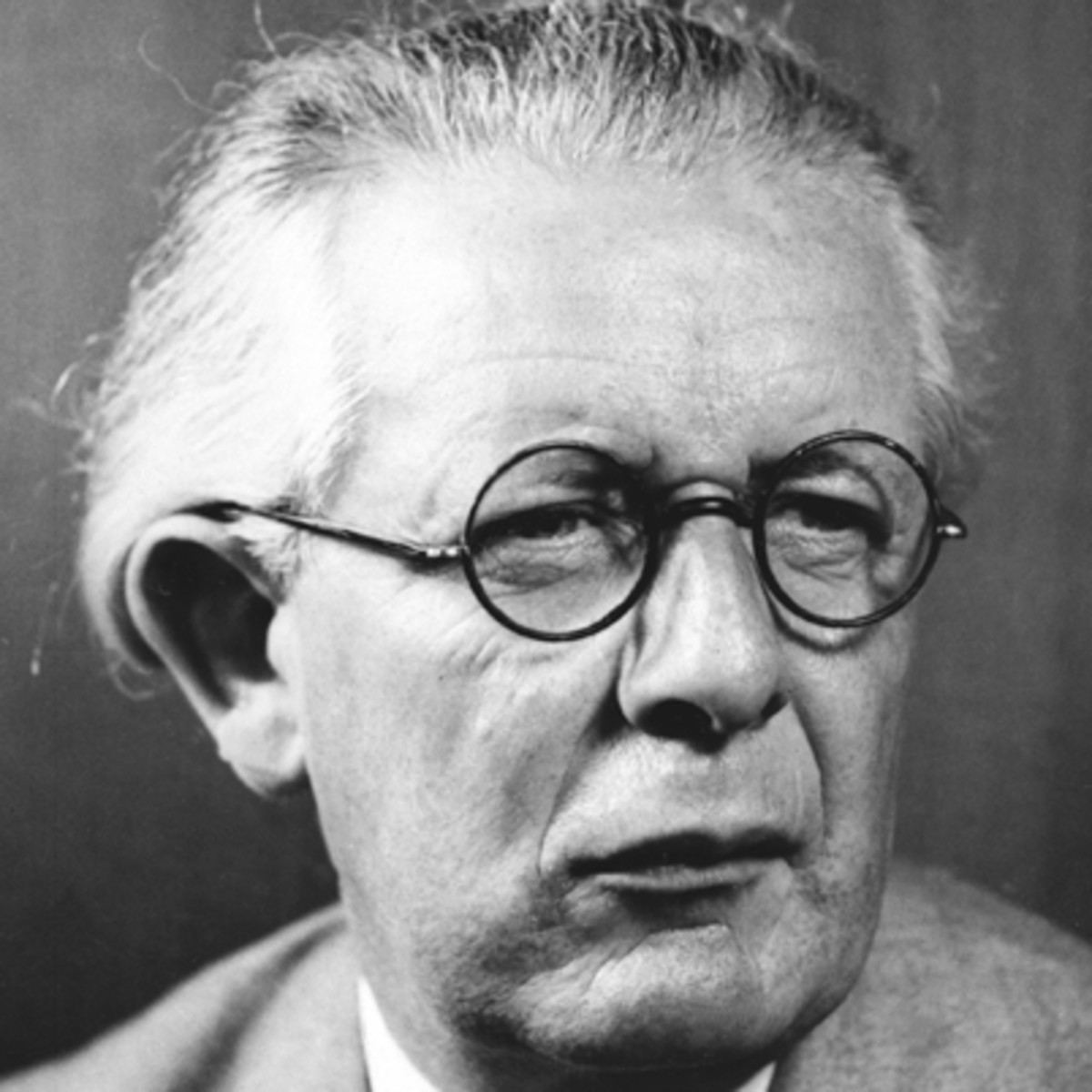Potty Training: Strategies for First Time Parents
Getting a child out of diapers is probably one of the most dreaded tasks of being a parent. Unfortunately it is a task that must be done - eventually. The question is: when and how?
Just as there are no two ways to skin a cat, there are plenty of theories on potty training and equally many ways on how to go about it. When you decide to do it and which methods you choose to employ may depend on a variety of factors, such as your child's readiness, your readiness (Yes! Parents also need to be ready to devote the time and dedication required to potty train a child), individual preferences, and school of thought.
The most commonly asked question when it comes to potty training is: "is your child ready for it?" The general recommendation is to perform a checklist to see if your child meets enough of the "criteria" for readiness for you to begin. These days, there are online potty training readiness quizzes you can take to determine if your child is ready. Typical questions you might need to ask yourself to determine if your child is ready to begin potty training are:
- Can your child express and understand words such as "wet", "dry", "potty", and "go", or ask simple questions?
- Is your child interested in wearing underwear or using the toilet/potty?
- Can your child understand and follow simple instructions?
- Is your child uncomfortable in wet or dirty diapers?
- Is your child aware of the "need to go"?
- Does your child have predictable bowel movements?
- Does your child stay dry for periods of two hours or more during the day? Does your child wake up from naps dry?
- Does your child have a sense of social propriety, such as feeling embarrassed about wet pants?
- Does your child tell you when he or she needs to pee or poop?
- Can your child pull down and pull up his or her pants?
The recommended age to commence potty training is anywhere between two years old to three years old. It is also believed that boys generally begin later than girls.
Although most recommendations for potty training involve checking if a child is "ready for it" based on the criteria listed above, there are many cultures that begin potty training from as early as birth. The adoption of this practice in Western culture has sparked the "Diaper Free Movement". Based on the success stories of parents who have potty trained their babies, the theory that a child must be "ready" before potty training can commence has been blasted into smithereens. The question is no longer whether a child is ready but whether a parent is ready to begin the task of potty training.
Potty training takes a lot of time, effort, dedication and patience. There will be setbacks, regressions and accidents which can take its toll on a parent who does not have the time or the inclination to tackle the task. Therefore before you begin potty training your child, you first need to ask yourself if you are ready. For instance, when you are expecting a new baby might not be the best time to begin potty training your child.
Based on whether you decide to potty train your baby from birth - using the diaper free method - or whether you choose to wait until your child is older, the strategies for toilet training will be different. Both have their advantages and disadvantages. For this article, we will focus on potty training strategies for toddlers. You are welcome to read the article on how to potty train a baby from birth if you are interested.
If you decide that both you and your child are ready to commence potty training, here are a few strategies for the first time parent to employ:
1. Go Shopping Together
Make the process of potty training fun and exciting for your toddler. You can start by taking your toddler shopping for all the necessary items, such as underwear and the potty and/or toilet seat cover.
Letting your child choose his or her own underwear will also increase your child's cooperation to wear them. Choose bright colours or underwear with favourite characters to make them more appealing. Be aware that toddlers can have trouble making decisions when overwhelmed by too many choices. It is best to select two options and get your toddler to make the final call.
2. Potty or Toilet?
First you need to decide whether you will be using a potty or the toilet with a toilet seat cover. You may even want to use a combination or try both methods to see which your child prefers.
Some children struggle to poop with their feet dangling in the air. In such cases, it may be wiser to stick to the potty where your child can keep both feet grounded. However, using a potty may mean it will take your child longer to potty train when you're out of the house as there will be no potty to use in public.
These days there are portable toilet seat covers that you can place on a public toilet to facilitate potty training while out. These toilet seat covers fold up to a compact size for convenient storage in a backpack.
3. Demonstrations
Let your child explore the toilet/potty. Encourage your child's curiosity as this will increase your child's interest to potty train. Also let your child observe an adult using the toilet to understand how the process occurs. You can also use a potty training doll to demonstrate the process of potty training. For instance, show how the doll sits on the potty and collects a sticker after a successful attempt to pee or poop.
For a boy, it may be easier to encourage peeing while sitting first before teaching him how to pee standing. There are two reasons for this. Initially, it may be difficult to determine when your son needs to pee or poop. Sometimes he may want to do both at the same time and sitting will accommodate both actions. Secondly, it can be confusing to a toddler to teach him two methods for using the toilet at once. Let him become accustomed to using the toilet to pee and poop before showing him how to pee standing.
4. Frequent Reminders
Toddlers are busy little people. They often get so involved in their activities that they forget they need to go until it is too late. Remember that toddlers dislike interrupting an activity to go to the toilet so it may be better to set your reminders in between activities. For instance, first thing in the morning, after a meal or snack, before going to bed, and before going out are all good times to suggest a toilet break.
5. Spot the Signs
Sometimes, you may notice the signs that your toddler needs to use the toilet. Signs include a pause in activity, a look of concentration, a blank stare, holding or pressing the crotch area, squirming, or squatting. During the early days of potty training, you may need to act on the signs rather than wait for your child to inform you that he or she needs the toilet. If your child needs to pee, it is important to get to the toilet as quickly as possible or you're likely to have to deal with "an accident".
6. Praise and Rewards
Praise your child frequently for telling you when he or she needs to use the toilet. Most importantly, don't get upset if your child has an accident or if your child requests to use the toilet but fails to do so after you get there. Just remind your child that the mess is easily cleaned up and that he or she can try again later.
Toddlerhood is also an age of independent thought. Your child may resist going to the toilet simply to exert autonomy. You can get around this by offering rewards for using the toilet, such as stickers, sweet treats, or small prizes. For some children, the promise of a story or a visit to the park might be a better incentive. Use whichever works best for your child.
You can also use a star-chart for a bigger prize and award two stars for pooping and one star for peeing. You can also reverse the rewards if you find that your child is great at telling you when he or she needs to poop but not when he or she needs to pee.
7. Ditch the Diapers
It is easier for a child to hold back a poop long enough to get to the toilet than it is to hold back pee. Some children learn to poop into the toilet before they learn to pee. In such cases, you need to increase his or her awareness of the need to pee.
Children have been conditioned to pee into their diapers and may not respond to the need to go to the toilet if they are wearing diapers. A more effective way to potty train is to switch your child to underwear as soon as you start potty training. Be prepared for accidents as they will happen, but your child will learn more quickly this way. Be patient and persistent and after a few or several accidents, you will be surprised by your toddler's quick adaptive response to the need to pee.
Additionally, some toddlers hate being interrupted when they are engaged in an activity, even if it means having to go to the toilet. Having a diaper on gives them the ability to discreetly "go" without having to stop what they are doing. Wearing underwear offers no such option.
8. Proper Hygiene
Teach your toddler proper hygiene. It is never too early to start. Flush the toilet and wash hands after each visit to the toilet. For girls, it is important to teach them to wipe from front to back to avoid spreading bacteria from the rectum to the vagina or bladder which can lead to urinary tract infections.
9. Fluids
To encourage your toddler to go to the toilet more often - and therefore gain more practice doing so - make sure he or she drinks plenty of fluids.
10. Night-time Potty Training
It takes a lot more sensitivity for a toddler to wake up to use the toilet so although your toddler may be potty trained during the day, it will be a while longer before your child can make it through the night without accidents.
You can facilitate night time potty training with training pants to minimise the mess. Alternatively, you can also line your toddler's bed with absorbent linings to protect the mattress from pee. Keep a night-time potty close to the bed for your child to use if he or she is successful in waking up before peeing.
11. Patience
Accidents will happen, so be patient with your toddler. Remember that toddlers don't cause accidents just to make trouble. Chances are that your toddler will be just as distressed by the mess as you are, and possibly more so. Remain positive and bright to prevent negative associations arising from potty training.
Toddlers may also take longer to poop on the toilet so a good way to distract your child while waiting for the poop to come is to read a book together while your child sits on the toilet or the potty.
12. Delaying Potty Training
If your child is fighting your efforts to potty train him or her, it might be wise to give it a break. Potty training is difficult enough with a willing toddler. Fighting with a toddler who doesn't want to learn makes the whole process more stressful for the both of you.
Be prepared to take a break from potty training if regression occurs due to certain major events. Events such as a new baby in the family, moving house, starting preschool can all result in potty training regressions. Be understanding and give your toddler a break. Start again when your toddler has had ample time to adjust to the new changes in his or her life.
There are many different strategies you can employ to potty train your child. When and how you decide to do it depends on what works best on your individual child and what you feel most comfortable with. The key is to experiment. At the end of the day, no matter how difficult or trying potty training can be, the light at the end of the tunnel is the realisation that your child will eventually be out of diapers and fully potty trained.








